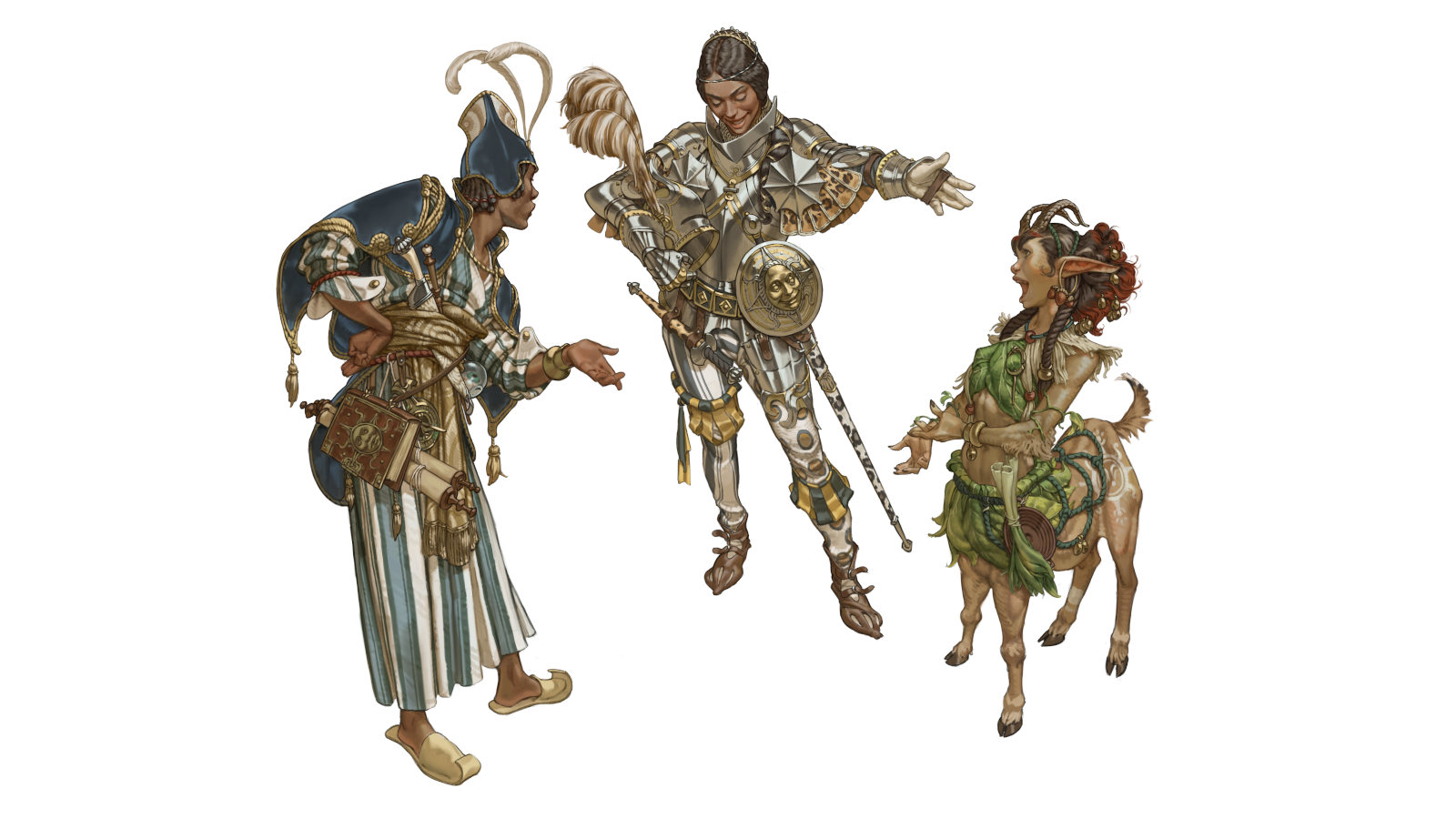5 dos and don'ts for new illustrators
This pro advice will set you on a course for success.
Illustration is hot right now, but that doesn't mean finding success is easy. Knowing how to draw and having the right digital art software isn't enough. Here, London-based Irish artist Claudine O'Sullivan (who has since moved to Scotland), Karan Singh, who has worked everywhere from Tokyo to Sydney and is now based in Amsterdam, and Scott Bakal from Massachusetts discuss how they made it in this competitive industry.
The good news is there are some simple dos and don'ts to set you on the right track and get you the portfolio and the clients you're after. Read on to find out their advice for breaking into illustration.
This advice comes from 2018's OFFSET Dulin event.
01. Do some personal projects
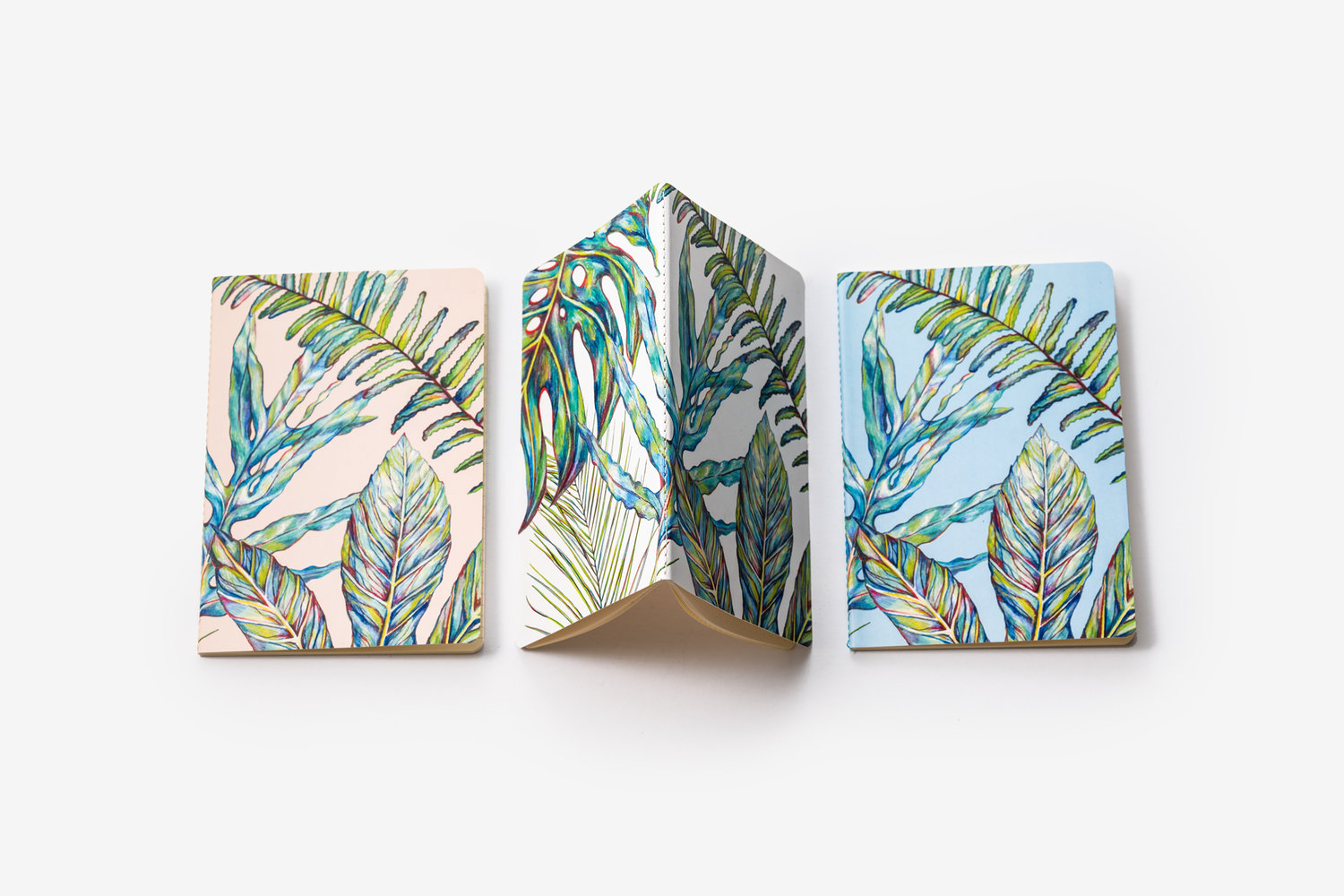
Throughout your career, but when you're first starting out in particular, personal projects can be a great way of building up your portfolio and steering the kind of work you're getting commissioned for. Claudine O'Sullivan started her career with just personal projects in her book, and off the back of that landed projects with MTV and WeTransfer.
If you feel like you don't really have time, think again – a personal project can be something really simple. O'Sullivan uses side projects as a way to wind down and recharge after a big or stressful project, and as such likes to keep them simple. One involved just drawing leaves, and it ended up winning her lots of new work.
02. Do think about what you actually want
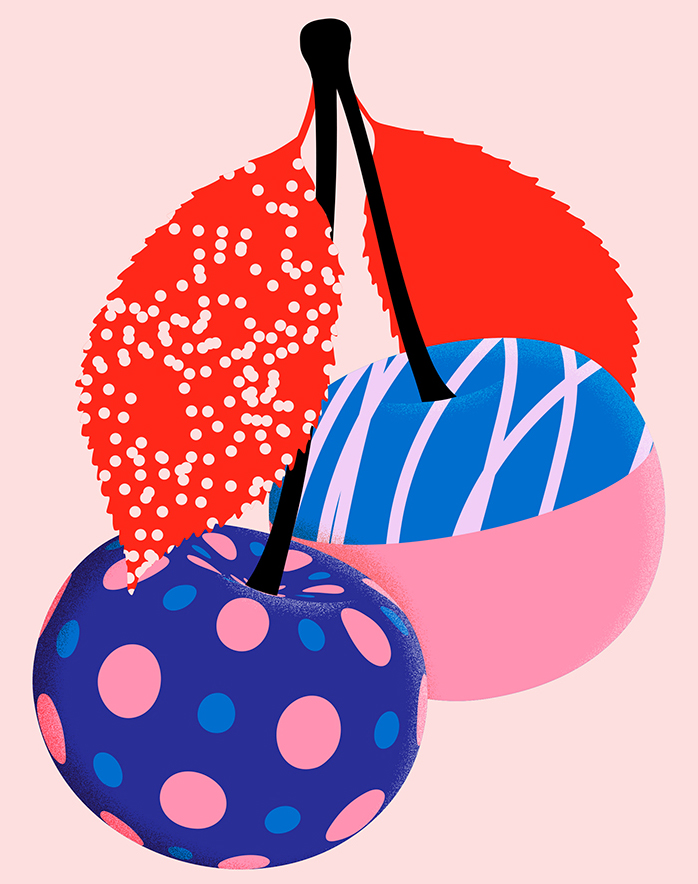
"The natural instinct is to say yes to everyone [to start with] because you're just so grateful someone likes your shit," said The AOI's Lou Bones. But if you're saying yes to the kind of clients or work you don't really want to do, that's always going to be the kind of work you're commissioned for.
Karen Singh suggested figuring out the kind of creative environment you prefer and going after that. It might not always be big brands – some illustrators work better with a smaller, more personal client experience.
"Our lives shouldn't hinge on client work; we're artists first," added Scott Bakal. He spent the first seven years of his career doing what he thought was expected from him as an illustrator. He was successful but unhappy. Then one much more personal project set him on a totally different path. The lesson? Do what you want, not what you think you should do.
03. Don't follow trends

While it's good to be inspired by a texture or an element of something you've seen, its a slippery slope to copying another illustrator you admire. "Don't follow trends!" emphasised Bones. "Speaking as someone who's seen all the illustrations in the world ever, a poor man's Malika Favre sticks out a mile."
Where to go for inspiration, then? "At college, I was looking at all these artists," said O'Sullivan. "Eventually my tutor just said to me: stop looking at illustrators and just draw something!"
04. Don't move house
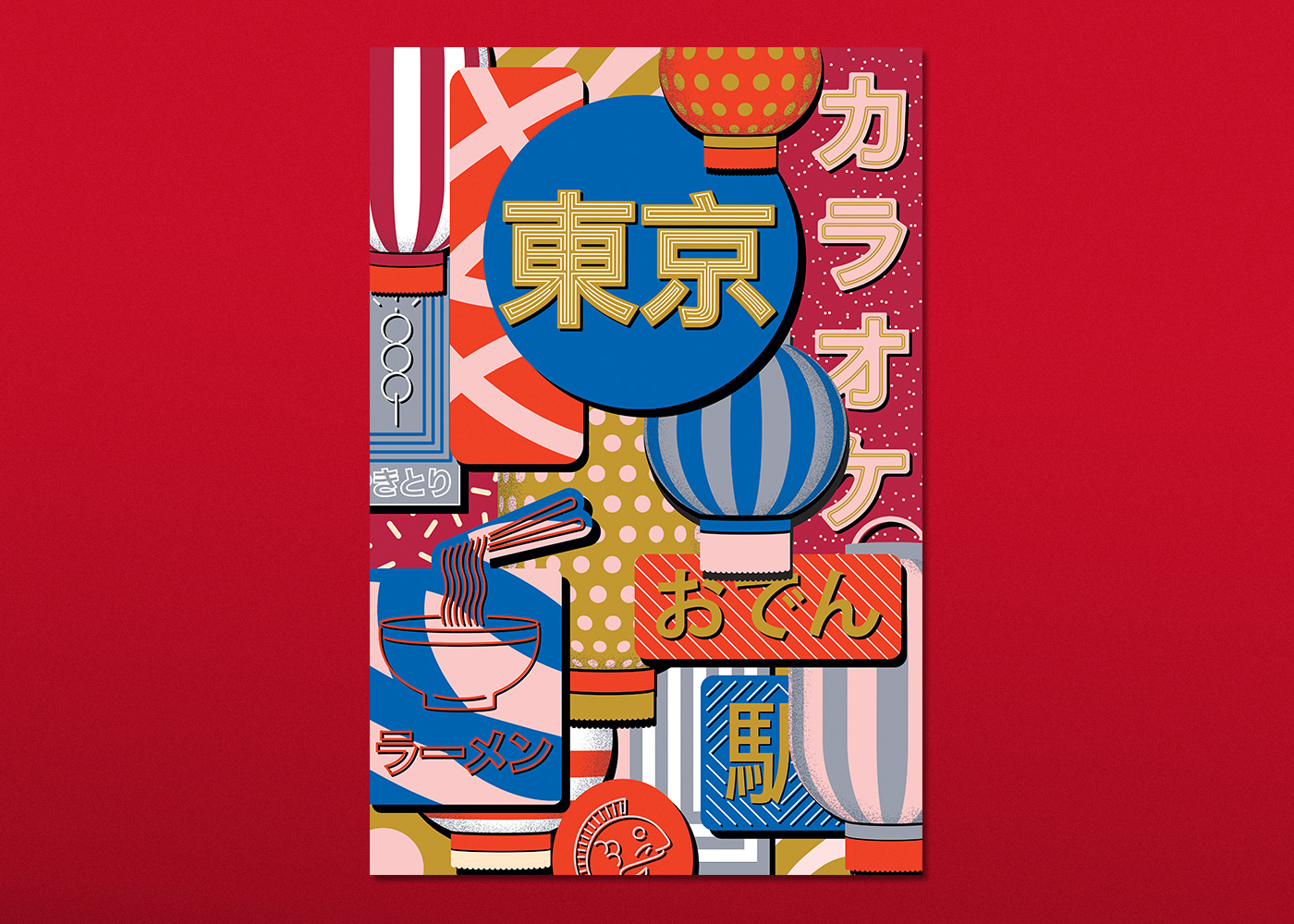
Unless you want to, that is. "You can be an illustrator anywhere," said Bones. "And if you speak english, you should be getting commissions from all over the world." In fact living somewhere doesn't mean that's where all your work will come from: when Singh lived in Tokyo, he only did two projects with local clients. With the help of the internet, promoting globally is easy. So there's no need to up sticks go the nearest big city to find success.
05. Do ask for more money
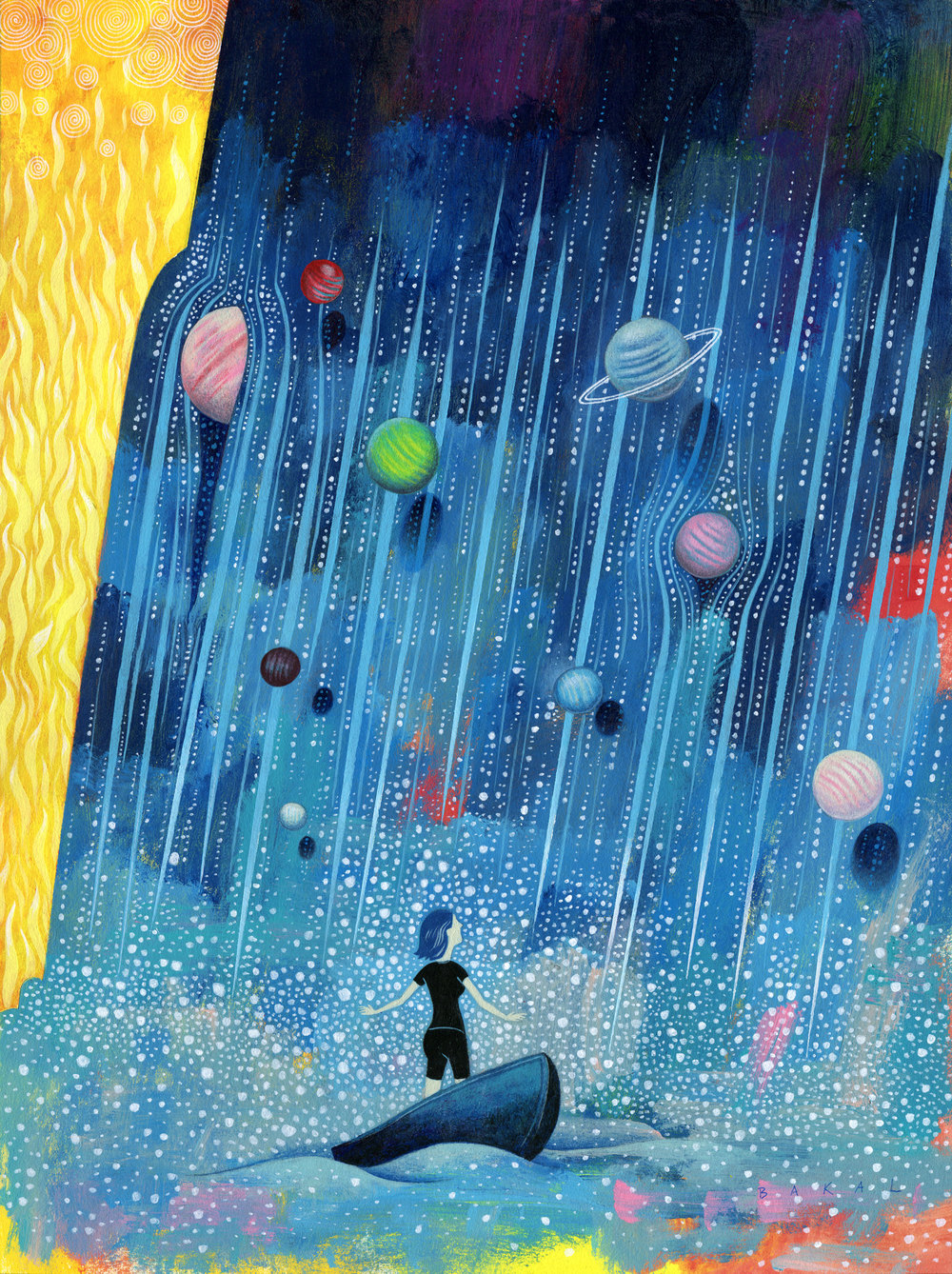
Don't be scared of asking for more money. The worst that can happen is that the client will say no. There's no need to overthink it, either. "I just say: Can you do a bit better on the price?" explained Bakal. "Sometimes I don't even try and justify it." That little question alone can get the client to bump up your fee. Not only does every little help when you're just getting started, but it's also an important lesson in not undervaluing yourself.
Read more:

Thank you for reading 5 articles this month* Join now for unlimited access
Enjoy your first month for just £1 / $1 / €1
*Read 5 free articles per month without a subscription

Join now for unlimited access
Try first month for just £1 / $1 / €1
Get the Creative Bloq Newsletter
Daily design news, reviews, how-tos and more, as picked by the editors.

Ruth spent a couple of years as Deputy Editor of Creative Bloq, and has also either worked on or written for almost all of the site's former and current design print titles, from Computer Arts to ImagineFX. She now spends her days reviewing small appliances as the Homes Editor at TechRadar, but still occasionally writes about design on a freelance basis in her spare time.
